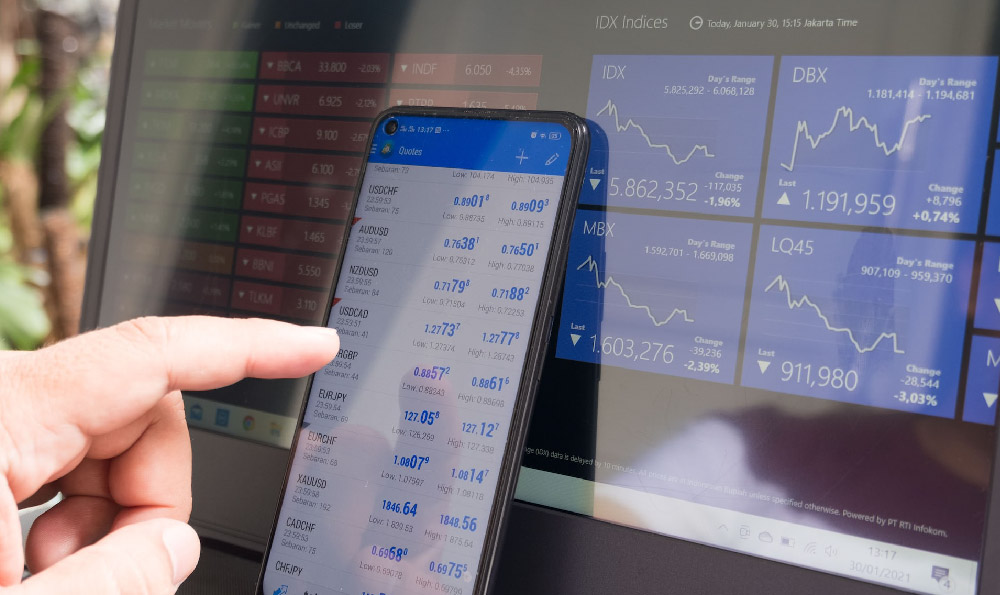Retirement Income: How Much Can You Earn After Retiring?
As the boundaries of traditional finance evolve, the concept of retirement income has become a dynamic puzzle, requiring both innovative thinking and meticulous planning. While pensions and savings accounts have long been the pillars of financial security in retirement, the emergence of digital assets like cryptocurrencies has introduced a new dimension. This shift is not merely a trend but a strategic opportunity, especially for those seeking to diversify their portfolios and hedge against economic uncertainties. Understanding how much one can earn post-retirement involves a multi-faceted analysis, blending macroeconomic trends, personal financial goals, and the unique characteristics of virtual currencies. The goal is to craft a narrative that not only addresses the quantitative aspect—what amount is achievable—but also delves into the qualitative elements such as sustainability, risk mitigation, and adaptability in a rapidly changing market.
For many retirees, the linchpin of financial stability lies in determining the required income level. This is a complex calculation that factors in current living expenses, anticipated inflation, healthcare costs, and other long-term commitments. A prudent approach often involves projecting expenses over a 30-year horizon and subtracting guaranteed sources of income like Social Security or annuities. The remaining gap must be bridged through investments, where cryptocurrencies can serve as a potential catalyst. Unlike traditional assets, virtual currencies offer the possibility of higher yields in certain market conditions, though their volatility demands a nuanced strategy. The key lies in aligning investment choices with retirement timelines. For instance, a retiree nearing the end of their working life might prioritize stable, low-risk assets, while those with a longer time horizon could explore higher-growth opportunities, including cryptocurrencies that historically outperform traditional indices.

Virtual currencies, particularly cryptocurrencies, are often viewed with skepticism in retirement planning. However, their role as an inflation hedge and a means of preserving purchasing power cannot be overlooked. In recent years, the rise of fiat currencies and central bank policies have eroded the value of traditional savings, prompting many to seek alternative assets. Cryptocurrencies, with their decentralized nature, offer a unique defense against inflation. For example, Bitcoin’s fixed supply creates a natural scarcity, which can drive demand and increase value during periods of economic inflation. Additionally, stablecoins like USDT or USDC provide a safer entry point for retirees looking to leverage digital assets without exposing themselves to the full volatility of the market. The challenge, however, is balancing these opportunities with the inherent risks. Market fluctuations, regulatory uncertainty, and technological vulnerabilities can all impact the reliability of virtual currency returns.
When constructing a retirement portfolio that includes cryptocurrencies, the composition must reflect a long-term vision. Diversification remains a cornerstone of sound investing, yet it requires redefinition in this context. Retirees should consider allocating a portion of their capital to digital assets while ensuring that the majority is invested in traditional instruments to minimize exposure. The optimal allocation depends on individual risk tolerance; some may dedicate up to 10-20% of their portfolio to cryptocurrencies, while others might opt for a lower percentage. This decision should be informed by an analysis of market trends, capitalizing on periods of undervaluation or market correction. For example, during times when traditional markets are overvalued, a strategic overweight in cryptocurrencies could provide growth potential, though such moves must be tempered by the need for long-term sustainability.
The long-term perspective is critical in retirement planning, as the compounding effect of investments can significantly influence final outcomes. Cryptocurrencies, with their potential for exponential growth over time, may offer an attractive alternative to traditional stocks or bonds. However, their high volatility necessitates a disciplined approach. Retirees should focus on the underlying fundamentals of digital assets, such as technological innovation, adoption rates, and network security, rather than short-term price movements. For instance, a retiree with a risk appetite for growth might invest in a diversified crypto portfolio that includes both established coins like Bitcoin and emerging projects with strong fundamentals. This strategy can maximize returns while mitigating the risk of sudden market declines.
In addition to market dynamics, the security of retirement assets is paramount. While cryptocurrencies provide liquidity and accessibility, their digital nature introduces challenges in safeguarding against theft, scams, or hacks. Retirees should prioritize the use of hardware wallets, multi-factor authentication, and reputable custodial services to protect their holdings. Education also plays a crucial role; understanding the mechanics of blockchain technology and the risks of centralized exchanges can help prevent financial losses. Moreover, the legal landscape surrounding cryptocurrencies is still developing, which means retirees should stay informed about tax implications and regulatory changes. In some regions, the taxation of crypto gains is becoming more structured, while in others, it remains ambiguous. A proactive approach to legal compliance can ensure that retirement income is maximized without unnecessary penalties.
Ultimately, the question of how much can be earned in retirement is not a simple one. It requires integrating traditional financial instruments with modern digital assets, ensuring that the chosen strategy aligns with personal goals and risk profiles. For those willing to navigate the complexities of crypto markets, the potential for generating additional income is substantial, though it demands patience, research, and a long-term mindset. Retirees should also consider the psychological aspects of investing, as the volatility of cryptocurrencies can be overwhelming for those unfamiliar with the space. Building a resilient portfolio involves not only financial acumen but also emotional discipline, ensuring that decisions are made with clarity and foresight rather than fear or greed.
In conclusion, the path to sustainable retirement income is multifaceted, requiring a balance between innovation and caution. By leveraging the strengths of virtual currencies while mitigating their risks, retirees can create a diversified financial strategy that safeguards their assets and maximizes long-term returns. However, success in this endeavor depends on a deep understanding of market trends, personal financial needs, and the evolving regulatory environment. As the world continues to shift toward digital finance, the ability to adapt and integrate these tools into retirement planning will determine the quality of financial freedom in the years ahead. The journey is not without challenges, but for those who approach it with intelligence and resilience, the rewards of a well-crafted retirement income strategy are profound.












